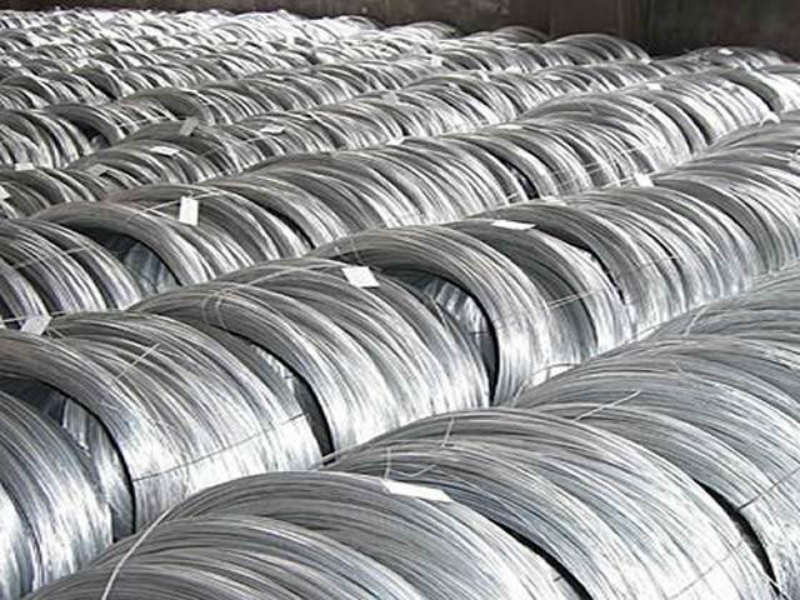
- Mobile Phone
- +8613931874955
- sales@cntcmetal.com
Understanding Metal Compression Springs and Their Applications in Modern Engineering
Understanding Metal Compression Springs Types, Applications, and Benefits
Metal compression springs are essential mechanical components widely used in various industries to provide resistance, support, and flexibility. These springs are designed to compress under load and return to their original shape when the load is removed. The functionality of metal compression springs makes them invaluable in numerous applications, from automotive engineering to consumer products.
Structure and Design
A metal compression spring is typically cylindrical in shape and is produced from coiled wire. The wire can be made from various types of metal, including stainless steel, carbon steel, and alloy steel, depending on the required mechanical properties and environmental conditions. The hardness, elasticity, and resistance to fatigue are crucial factors that influence the choice of material.
The design of compression springs can vary significantly based on the application. They can be produced in different diameters, coil counts, and wire thicknesses. Springs can also be customized to have specific features, such as end types (closed, open, or ground ends) to suit particular load requirements and installation conditions.
Types of Metal Compression Springs
1. Conical Compression Springs These springs are tapered, allowing for a more compact design. They are ideal for applications where space is limited and are typically used in automotive parts and other compact mechanisms.
2. Hourglass Springs Similar to conical springs, hourglass springs have a unique design that helps to reduce solid height, making them efficient in high-load applications.
3. Barrel Springs These springs have a barrel shape that allows for a progressive spring rate. They are often used in applications where varying load demands exist.
4. Constant Rate Springs As the name suggests, these springs maintain a consistent spring rate, providing uniform resistance regardless of compression. They are commonly used in general machinery and equipment.
Applications of Metal Compression Springs
Metal compression springs have a broad range of applications across various industries
metal compression spring

- Automotive Industry Used in suspension systems, engine components, and braking systems, these springs play a pivotal role in enhancing vehicle performance and safety
.- Electronics In devices like switches, keyboards, and circuit boards, compression springs ensure proper functioning and user feedback.
- Medical Devices Springs are critical in surgical instruments and various medical equipment, providing necessary force and movement.
- Industrial Machinery Compression springs are vital in a plethora of machines, including compressors, conveyors, and robotic systems, enabling smooth operation and reliability.
Benefits of Using Metal Compression Springs
1. Durability Made from high-strength materials, metal compression springs are designed to withstand repetitive stress and strain, extending their life in demanding environments.
2. Customizability These springs can be tailored to meet specific load requirements and dimensions, allowing for optimized performance in unique applications.
3. Cost-Effectiveness Due to their reliability and long lifespan, metal compression springs provide an economical solution in the long run. Their manufacturing processes have also become more efficient, further reducing costs.
4. Versatility The ability to adapt to various applications makes metal compression springs a vital component in many fields, ensuring that businesses can meet diverse demands with a single type of spring.
5. Simplicity of Use Compression springs are straightforward to install and integrate into existing systems. Their operation is intuitive, adding to their practicality in design and engineering.
Conclusion
Metal compression springs are integral to countless devices and systems, showcasing unparalleled versatility, efficiency, and durability. Their unique designs and material properties cater to various applications, making them an indispensable part of modern engineering. As industries continue to evolve, the demand for high-performing metal compression springs will remain strong, driving innovations in spring design and manufacturing processes. Understanding the complexity and application of these springs can help manufacturers and engineers make informed choices that enhance their products' reliability and performance.
share:
-
Why Sacrificial Formwork Is Redefining Underground ConstructionNewsJun.06,2025
-
The Structural Dynamics of Modern Concrete: How Snake Spacers Revolutionize Flexible ReinforcementNewsJun.06,2025
-
Snake Spacers Smart-Lock Concrete Reinforcement with Surgical PrecisionNewsJun.06,2025
-
Snake Spacers: Reinforcement Precision for Modern Concrete ProjectsNewsJun.06,2025
-
Snake Spacers Powering Concrete's Structural DNANewsJun.06,2025
-
Slither into Success: Snake Spacers' Precision Bite for Unbreakable ReinforcementNewsJun.06,2025
-
Sacrificial Formwork: Building Stronger, Faster, and Safer StructuresNewsJun.06,2025



















